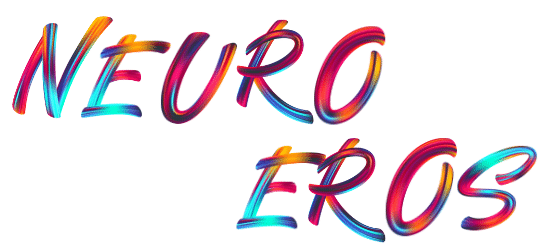Asexuality is a little-known and often misunderstood sexual orientation. Yet it affects a significant number of people worldwide. Here are 5 things you need to know about asexuality to better understand this reality.
1. What is asexuality?

Asexuality is a sexual orientation characterized by the absence of sexual attraction to others, regardless of gender or person. Asexual individuals can, however, experience amorous feelings and maintain emotional relationships with other people.
Asexuality and abstinence: not to be confused
It’s important not to confuse asexuality with abstinence, which refers to a deliberate choice not to have sexual relations, usually for personal, religious or philosophical reasons. Asexuality, on the other hand, is linked to a lack of interest or desire for this type of relationship.
2. The different facets of asexuality
Asexuality is not a fixed, monolithic concept. In fact, it comes in many shades, grouped together under the term “asexual spectrum”. These include:
- Pure” asexuality: the person feels no sexual attraction towards others, whatever the situation or the individual concerned.
- Demisexual” asexuality: the person feels sexual attraction only towards people with whom he or she has established a deep and solid affective bond.
- Graysexual asexuality: the person occasionally experiences sexual attraction, but it is weak, rare or fluctuating.
These different facets help us to better understand asexuality as a diverse experience, unique to each person who identifies with it.
3. Love and emotional relationships in asexual people
It is essential to realize that asexuality concerns only the sexual aspect of intimacy between two individuals, and not the rest of human interactions. This means that asexual people are perfectly capable of experiencing loving and emotional relationships, without there necessarily being any sexual exchanges involved.
The importance of consent and communication
In a loving relationship between an asexual person and an allosexual person (i.e. one who experiences sexual attraction), it’s crucial to communicate about desires and needs, in order to find a satisfactory balance for both partners. This dialogue can, for example, help define the limits to be respected and possible compromises when it comes to physical intimacy.
4. Combating stereotypes and prejudice
Unfortunately, asexuality is still often subject to clichés and preconceived ideas. Common stereotypes include :
- The idea that asexuality is a passing “phase” or a psychological problem to be solved.
- The belief that asexual people feel no emotion or affection towards others, which is erroneous and reductive.
- The belief that asexuality is synonymous with loneliness or unhappiness, when in fact it’s simply a sexual orientation that’s different from others, with no link to individual happiness.
Combating these prejudices is essential to promote understanding and acceptance of asexuality in society. To do this, we need to inform ourselves, exchange ideas and show kindness towards those concerned.
5. Find out more about asexuality: resources and testimonials
To better understand the diversity of asexuality and learn more about each person’s experiences, there are a number of resources available:
- Consult specialized sites and forums dedicated to the asexual community, which are brimming with information and testimonials.
- Reading books and articles on asexuality, to deepen your knowledge of the subject.
- Talk to asexual people about their experiences and feelings.
In this way, by informing and exchanging information on asexuality, everyone can contribute to greater acceptance of this sexual orientation worldwide, and facilitate dialogue between the various players involved.

I’m a young man studying in the field of health and sexuality. Passionate and committed, I am known for my dedication to my studies and my desire to make a significant contribution to society.
I am particularly interested in issues of consent and prevention in the field of sexual health, a subject that I feel is crucially important and often neglected. Those who know me well describe me as an empathetic person with an incredible ability to understand and support people in need.
I strive to demystify preconceived ideas about sexuality and improve attitudes and perceptions around sexual health. I’m a passionate advocate of the importance of sex education and consent education in universities, recognising the major transition students are going through in terms of their love and sex lives during their studies.
With a keen eye on society, I am particularly concerned about the problems of forced or unwanted sexuality among students, which I find unacceptable. I plan to devote my career to changing these disturbing statistics, by creating training and intervention programmes to improve knowledge, attitudes and behaviour relating to sexuality among young people.
My ultimate goal is to create an environment where every individual has the power to make informed choices about their sexual health, and where respect and consent are the norm. Overall, I am a character who represents commitment, compassion and the desire to make a difference in the world.
